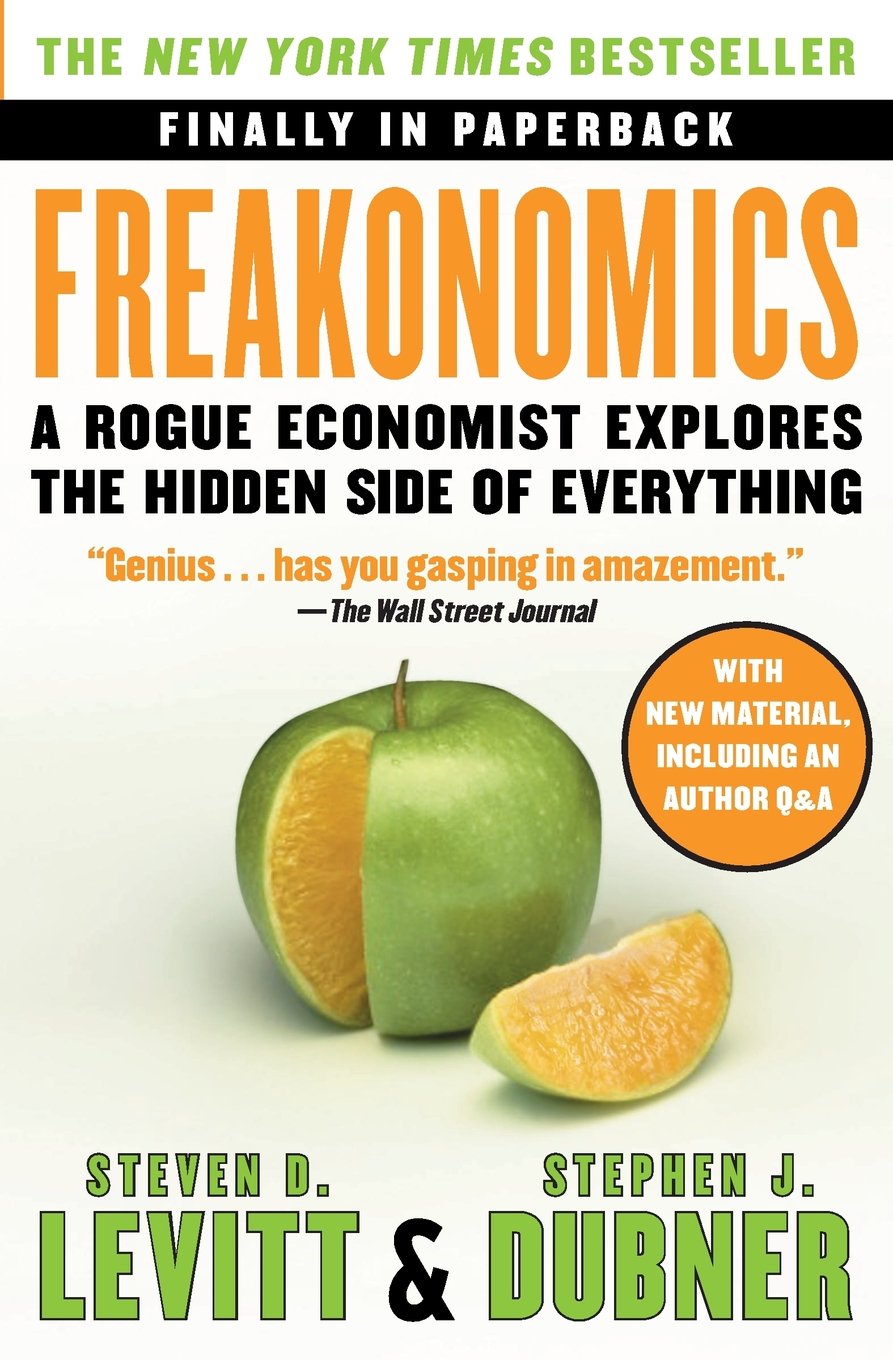Why did you go to Cuba? We both wanted to see Cuba before the embargo was lifted by the United States and the flood gates opened to both US tourists and businesses. As it turned out we returned just a few weeks before the embargo formally ended.
 |
| Jon Showe |
 |
| Meylin Bernal |
Jon arranged for us to go on a People-to-People cultural exchange between the US and Cuba. He also arranged all of our visas and flights between Havana and Miami FL.
Thank you Jon and Meylin for taking us on a most memorable trip.
Did you have any hassles getting in and out of Cuba? Other than having to fill out more than the usual amount of paperwork, it was surprisingly easy, thanks to Jon and his contacts.
Did you see any of the old vintage cars? It's pretty hard to miss them as vintage cars are everywhere. As far as American cars go, time stopped when JFK broke off political relationships with Cuba (after JFK received his last shipment of 2000 high quality Cuban cigars). Most American cars date from the 50's and early 60's. They are maintained in surprisingly good condition as the embargo prevented Cuban mechanics from ordering any needed replacement parts from the USA. Consequently, Cubans were left to figuring out their own ingenious solutions to keeping these cars on the road. That said, it's not uncommon to see a frustrated owner trying to get their stalled vehicle moving again. Tip to Cuba travelers: if you hire a vintage taxi, try to get an open air convertible to best avoid exhaust fumes.
|
|
|
|
|
|
|
|
|
|
|
|
|
|
|
|
|
|
|
|
Were all did you go? We basically spent about half of our time in Havana and the other half in the country (see the interactive map below).
What where your favorite places?
|
|
Havana To me in terms of history, beauty and culture, Havana lists ranks up there with the other great cities of the world, such as: Paris London San Francisco Barcelona |
|
|
Trinidad This well preserved colonial town is a real treat to visit. It harkens back to the time Sugar was King of the Caribbean. Despite pressures from modern culture, it has retained it's charm and beauty. |
The conundrum that is Cuba. One reason Cuba so fascinating is it's many contradictions. At our first trip planning meeting, Jon told us we would return from Cuba with more questions than answers. When he first made this statement, I thought he was just joking or being dramatic, but now after returning from Cuba, I understand and agree with him.
Cuba affords a natural comparison between the USA style of democracy to the Cuban style of socialism. In Cuba all citizens receive an excellent education, good medical care, and money for basic necessities. Cuban culture and arts are well supported and encouraged. Sounds like utopia? Maybe for some but not others. The downside of Cuba's socialism is a stagnant economy where many highly educated people can not find suitable employment. It's not uncommon to meet a former university professor or medical doctor who is driving taxis for tourists because it pays better. Every year Cuba loses many highly trained professionals who defect to other countries for better opportunities.
Furthermore, the standard government pay people receive (over 80% of the population is employed by the government) is simply not enough to subsist on. Consequently, a lively black market for all kinds of goods flourishes just so people can support themselves and their families. Other than the underground economy, the Cuban style of socialism does not motivate people to work harder or to even do a good job. Shop keepers are not paid sales commissions so they care less if they make sales or not.
"Agricultural Reform" broke up large plots of land and redistributed it. As noble as this sounds, most would be farmers are not motivated to work their land as they get paid the same for not doing anything. So they migrate to the cities where they do as little as possible and let their fields go fallow. To reform agriculture, the government then instituted an new policy so that a farmer could keep the crops from half their land to use or sell, but the crops from the other half had to be sold to back to the government at controlled rates. So the farmers tended their own plots with care producing abundant crops, but neglected the plots targeted for government controlled markets. The strange outcome is that while Cuba has fertile fields going fallow, it has to import food that they could mostly grow themselves.
Here's some recommended books to help understand modern Cuba:
|
|
|
PS - next time we will bring more baseballs for the boys, hair barrettes for the girls, and small soaps/toiletries for adults.
































































































